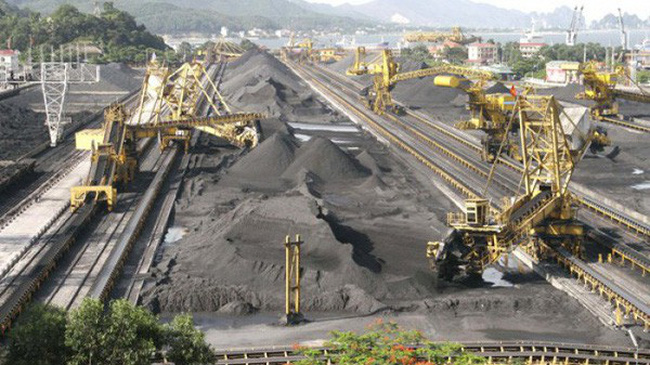What are regulations on classification of mine group for exploration in Vietnam?
On February 15, 2016, Circular 74/2015/TT-BTNMT stipulating the exploration, classification of reserves, and resources of Apatit mineral by the Ministry of Natural Resources and Environment of Vietnam will take effect.

What are regulations on classification of mine group for exploration in Vietnam?
Article 9 of Circular 74/2015/TT-BTNMT stipulates the classification of mine group for exploration as follows:
1. Bases for classification of mine group for exploration
- Based on the shape, size, position of the ore body, and the complexity of the mine's geological structure;
- Based on quantitative indices assessing the variation in thickness, content of main components of the ore body, and mining geological conditions;
- Based on specific evaluation and assessments of major ore bodies, accounting for no less than 70% of the mine's reserves. The Classification of mine group for explorations are anticipated in the mineral exploration project and determined in the mineral exploration results report.
2. Classification of mine group for exploration
- Simple Mine Group (I);
- Relatively Complex Mine Group (II);
- Complex Mine Group (III);
- Very Complex Mine Group (IV).
3. Conditions for classification of mine group for exploration
- Simple Mine Group (I) includes mines or parts of mines with a simple geological structure, with medium to large ore bodies; ore bodies in stratiform, large lenticular shapes, horizontal or gently dipping, with a contour module (μ) not greater than 1.4; ore coefficient from 0.8 to 1.0; stable ore body thickness, thickness variation coefficient according to construction not greater than 40%; P2O5 content in the ore body calculated in evenly distributed reserves, variation coefficient of content according to single sample not greater than 40%;
- Relatively Complex Mine Group (II) includes mines or parts of mines with a relatively complex geological structure, with medium to large ore bodies; relatively simple to complex ore body shapes, with a contour module (μ) from 1.4 to 1.6; ore coefficient from 0.6 to 0.8; unstable thickness of the ore body, thickness variation coefficient according to construction from 40% to 100%; P2O5 content in the ore body calculated in relatively evenly distributed reserves, variation coefficient of content according to single sample from over 40% to 100%;
- Complex Mine Group (III) includes mines or parts of mines with a complex geological structure, with small to medium-sized ore bodies; complex shapes of ore bodies, with a contour module (μ) from 1.6 to 1.8; ore coefficient from 0.4 to 0.6; very unstable ore body thickness, thickness variation coefficient according to construction from 100% to 150%; P2O5 content in the ore body calculated in highly unevenly distributed reserves, variation coefficient of content according to single sample from over 100% to 150%;
- Very Complex Mine Group (IV) includes areas with dispersed, small mineral targets or parts of mines with very complex geological structures, with small to very small ore bodies, commonly in vein, spindle, or branching stratiform shapes; extremely complex ore body shapes, with a contour module (μ) greater than 1.8; ore coefficient less than 0.4; particularly unstable ore body thickness, thickness variation coefficient according to construction over 150%; P2O5 content in the ore body calculated in extremely unevenly distributed reserves, variation coefficient of content according to single sample over 150%.
The full text of the document can be found at Circular 74/2015/TT-BTNMT, issued on December 28, 2015.
Le Vy
- Resolution 190: Guidance on citizen reception, complaint and denunciation resolution during organizational restructuring process in Vietnam
- Provisions on naming and use of seals after the organizational restructuring in Vietnam according to Resolution 190
- Continue to implement regulations related to the operation of four-wheeled vehicles with engines in Vietnam
- Supreme People's Court of Vietnam will conducting asset and income verification of 37 individuals in 2025
- Provision of public information services to support public access to information in particularly difficult communes in Vietnam from April 5, 2025
- General principles for allocating public investment capital from the state budget in Vietnam for the 2026 - 2030 period
-

- Resolution 190: Guidance on citizen reception ...
- 09:00, 22/02/2025
-

- Provisions on naming and use of seals after the ...
- 08:00, 22/02/2025
-

- Continue to implement regulations related to the ...
- 17:30, 21/02/2025
-

- Amendments to regulations on the salary scale ...
- 17:30, 21/02/2025
-

- Supreme People's Court of Vietnam will conducting ...
- 17:00, 21/02/2025
 Article table of contents
Article table of contents
